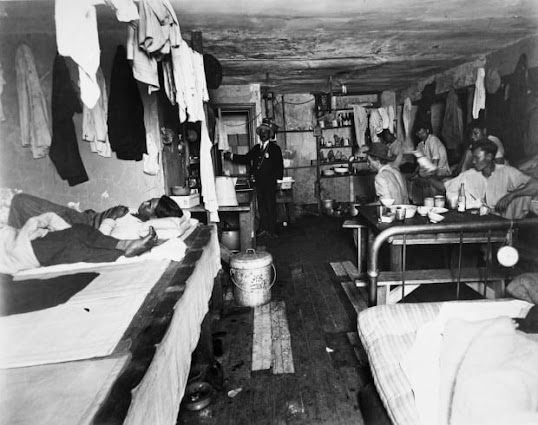Oldest House Complex
St. Augustine, Florida
February 17, 2022
The Oldest House in Florida stands on Charlotte St in St. Augustine Florida. This house was originally a single story structure and the original house was taken down due to the burnings and riots that happened in the late 1600s. Rebuilt between the years 1703 and 1707, the house has evidence of the first Spanish settlers from their work done on the first floor of the house. It also contained artifacts and evidence from the British settlers from the addition of the second floor of the house. Overtime, the St. Augustine Historical Society has put together artifacts from all time periods, including when Americans had moved into the house as well. All of the cultures and individuals that have lived in this house may still not be known, however there are enough artifacts and history to acknowledge the people we do know of that have lived out their daily lives here.
https://staughs.com/oldest-house-museum-complex/
Exterior Picture 1
This is an image of the kitchen at the Oldest House Complex. Fires were very common in cooking during this time, therefore it was preferable to have a detached kitchen so that if there was a fire, the house was still safe.
Exterior Picture 2
The wall that is connected to the house and separating the street from he courtyard, has three holes. Placed in each of these holes are three conch shells.
Artifact Picture 1
The bottom floor of the Oldest House has a room that was what the original house consisted of. With the documentation that the historical Society does have, they have confirmed that 14 people were living in the same room all together. This is a picture of what is called a rat rack. It was something that guarded the food and if a rat happened to get all the way up to the food, it scared the rats. Only being held up by the ropes that are photographed, the unstable surface would sway back and forth, forcing the rats to jump off. Rats were common in the house because there were no windows panes. Instead, there were wooden planks to form a cage on the outside of the house to blockade the windows. Unfortunately this allowed for rats and other pests to enter.
Artifact Picture 2
This artifact is placed in the middle of the original room of the oldest house. This device is not for cooking, but for keeping mosquitos out of the house. Window panes were something that only the wealthy had, and given that 14 people lived in this small space, it is clear that these people were not wealthy. Since the windows didn't have panes and were only barricaded by wooden cages, it was inevitable that insects were always in the house. This would keep the mosquitos away from the amount of smoke that would billow out of it. It is known that the amount of smoke from this device was very harmful to the people that lived there. The wooden cage on the windows also allowed for some of this smoke to escape but the mass amount of it was detrimental to the individuals living here.
Image in Conversation 1
Literature in Conversation
Excerpt from "Habitat Threshold" by Craig Santos Perez
"...who build who trust who bury who future who house who house who house on this our only"
In this poem "We Aren't The Only Species," Perez expresses all the ways that human life is similar to all other life forms. We carry out the same tasks, feel the same emotions, and react in similar ways to all species. The part of this poem that stands out to me is the emphasis of our way to house. The poem states three times, "who house," which is convincing that Perez wants to accentuate that all species "house." The definition to "house" means to provide living quarters or shelter. The first humans who built and designed the Oldest House in St. Augustine, prove that a natural behavior of species is to protect themselves. The Oldest House is an example of housing because it was not more than just shelter to the first people living there. The house wasn't a home because of the amount of people it housed and the small space. A home is a place of comfort and stability, which the first residents did not experience there. Perez's poem highlighting the importance of our species and the need to house is visible as to why the Oldest House in St. Augustine was built.
Creative Component
The soot filled my lungs. I couldn't breathe with all the smoke filling my lungs. The walls of the house entrapped all of the black smoke created by the fire pit. The air was thick and trickled out of the windows that were barricaded by wood. I had a feeling that getting bit by a few bugs was better than inhaling the black smog. Besides the smoke making it hard to breathe, there wasn't much air for all 14 of us to share. With 2 windows and only a small area for all of us to live in, we struggled to take deep breathes. I'm tired and desperately need sleep. We fall asleep on the hard ground with hardly an inch of barrier between us and the dirt. Trying to fall asleep, I hear someone next to me attempting to get a breath in. All I hear is the rattling of their lungs. A small stream of air, breathe in, breathe out. Their lungs rattling on the way in and on the way out, followed by coughs. Living in this house is a challenge, but I'm thankful for the shelter provided for me.










No comments:
Post a Comment